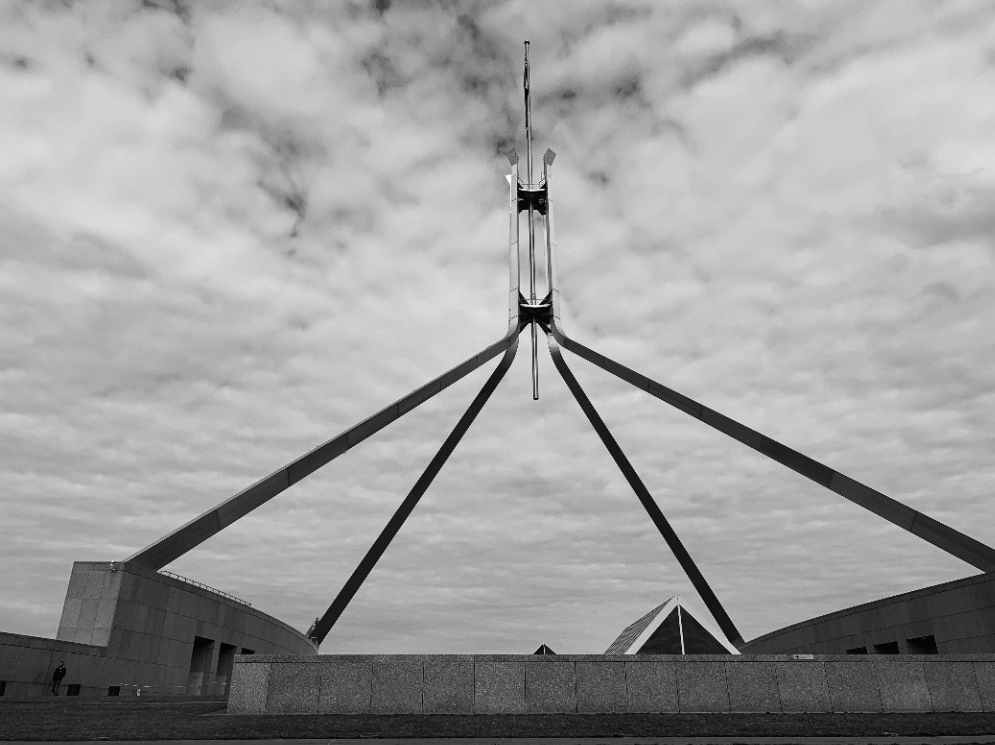To get the most out of your public relations program, it helps to have a basic understanding of the media landscape that carries your message to the public.
How is news delivered in Australia? How many outlets are there? And why are you seeing the same story – or versions of that story – in multiple outlets?
Having a grasp of the local media landscape will help you make informed decisions about the stories you pitch and the outlets you target. It will also help gauge how far your stories are likely to go to make the most of your investment.
News stories and their delivery
News is delivered and distributed in more ways than ever before.
Platforms include:
- TV
- Radio
- Newspapers
- Magazines
- Digital formats such as websites and apps
- Podcasts
- Social media
- eNewsletters
Likewise, news stories also take many forms:
- Public interest: anything that impacts the public and which the public has a right to know about, such as improper use of power or taxpayer money, or environmental exploitation.
- Human interest stories that help people feel connected, or prompt action to support the subject or cause presented in a story.
- Opinion pieces that provide insight into a topic and prompt public debate.
- Statistical stories that provide insight into an industry.
A variety of news delivery methods make news accessible while a broad range of stories and points of view spark the conversations and actions that are essential to a democratic and progressive society.
Australia’s media networks
Australia’s online and traditional media landscape is highly concentrated. Of the more than 1800 news brands, 70 per cent belong to one of just 106 media networks. The 10 largest networks – ABC, Southern Cross Austereo, News Corp Australia, SBS, Australian Radio Network, Seven Network, Australian Community Media, Super Radio Network, Nine Network and Today News Group – account for 43 per cent of those brands.12
This concentration has come under scrutiny and much investment has been made to improve media accessibility and diversity. The Murdoch Media Inquiry Bill 2023 called for a parliamentary inquiry into the state of the Australian media landscape, particularly the Murdoch empire.3 News Corporation Australia, owned by Rupert Murdoch, has an estimated 65 per cent share of national and regional newspaper circulation, plus its digital platform news.com.au and Sky News Australia.4 Lachlan Murdoch also chairs News Corporation – the parent entity of News Corporation Australia – and owns NOVA Entertainment.5 In 2020 News Corp Australia suspended printing of almost all of its community and regional mastheads, moving some to digital platforms only and leaving a huge gap in this sector.
The government has since invested millions into supporting community news publishers, regional and small publisher jobs, and the Australian Associated Press, a newswire service that plays a fundamental role in sustaining public interest journalism and media diversity. The News Media and Digital Platforms Mandatory Bargaining Code also encourages digital platforms such as YouTube, and Google to remunerate news outlets for content distributed on their platforms, helping to sustain news businesses.6
Australia is fortunate to have two strong non-commercial media outlets – the ABC and SBS. Both are widely respected for their independent public interest journalism, especially in rural and multicultural communities where commercial options are limited. In 2023, the government moved both broadcasters to more stable five-year funding terms.7
The Broadcasting Services Act 1992 sets out geographical license areas and boundaries around media network ownership within them to encourage independent, diverse voices. In short, no one person can control more than one commercial TV broadcasting license in a license area, or more than two commercial radio broadcasting licenses in a licensed area. A person is considered in control if their stake in a company exceeds 15 per cent.
What does this mean for public relations?
Diversity in the media allows more voices to be heard, helps build public trust in news sources and supports quality reporting. Opportunities to tell your story can go well beyond mainstream commercial media, allowing you to reach your target audience through industry-, region- or community-specific publishers and broadcasters. The interconnected and multi-platform nature of Australian media also helps a single story go further as it is shared across networks.
PR makes use of this interconnected landscape to take your message to as many people as possible, or home in on your niche audience, making your investment worthwhile.
Take a look at our PR services in Brisbane, Melbourne, and Sydney to learn more about how we can help you spread across your message.
1 News media in Australia_2025 report_0.pdf
2 Indicator 1: groups, owners and controllers | ACMA
3 Murdoch Media Inquiry Bill 2023 – Parliament of Australia
4 How large is Rupert Murdoch’s reach through News Corp in Australian media, old and new? – ABC News
5 News media in Australia_2025 report_0.pdf
6 Chapter 2 – Views on the bill – Parliament of Australia
7 Chapter 2 – Views on the bill – Parliament of Australia









